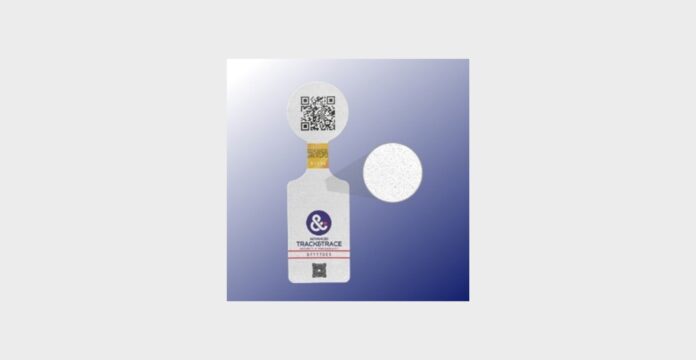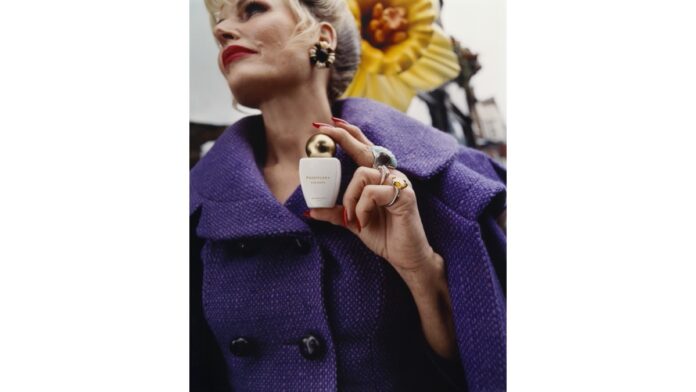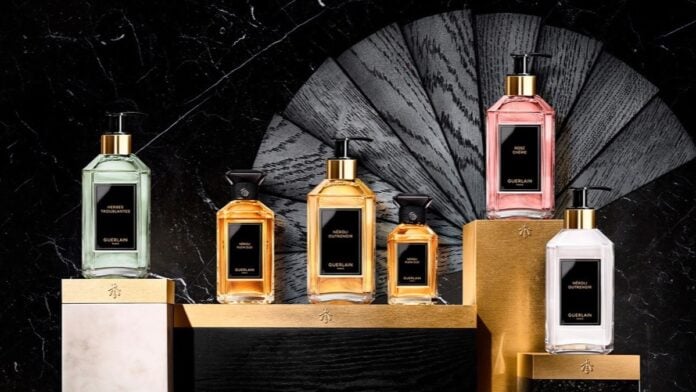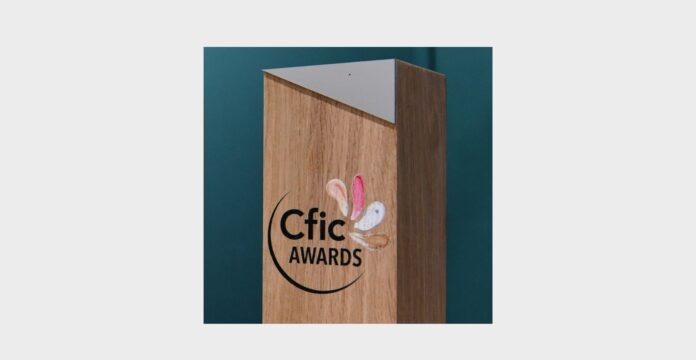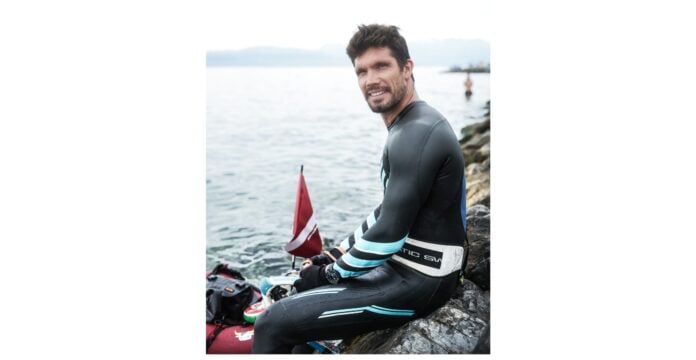All You Need, the German skincare brand developed by Gloria Mang, has launched a range of luxury skincare products made from high-quality natural ingredients and featuring airless packaging designed to reduce environmental impact.
Dr Gloria Mang runs the GMedical Spa, as well as the Bodenseeklinik plastic surgery clinic, founded by her father, Professor Werner Mang, in the German town of Lindau. Her new range of products is designed to rejuvenate and refresh the skin. It is also suitable for the skin care needed after cosmetic procedures.
The All You Need brand called on Quadpack to create a packaging solution for its entire range. This had to combine protection of the formula, use of recyclable materials and a luxurious appearance in keeping with its strong brand identity. Local production was a priority to minimize the carbon footprint.
Manufactured and decorated in the Quadpack Group's German factories - which run on renewable energy - Quadpack's Regula Airless range met the specifications of the All You Need brand.
Made from PET (polyethylene terephthalate) and PP (polypropylene), this range comes in three sizes - 15, 30 and 50 ml - to hold the seven different references. Airless technology protects the integrity of the complex formulas, which include creams, balms, serums and a foaming gel. The packaging is injected in a pastel yellow with warm nuances that the brand associates with natural beauty and purity. Matte lacquering and two-tone screen printing complete the decoration, creating a harmonious, elegant look for the entire range.
All You Need justifies its choice of airless packaging as follows: "It's the most elegant and effective way of preserving the benefits of ingredients. It's also a much more hygienic solution than the conventional packaging used in the cosmetics industry. All products are airtight thanks to the airless dispenser, which means you can take them with you wherever you go, even when traveling. All packaging and cosmetics are sustainable, having been designed, manufactured and packaged in Germany."





